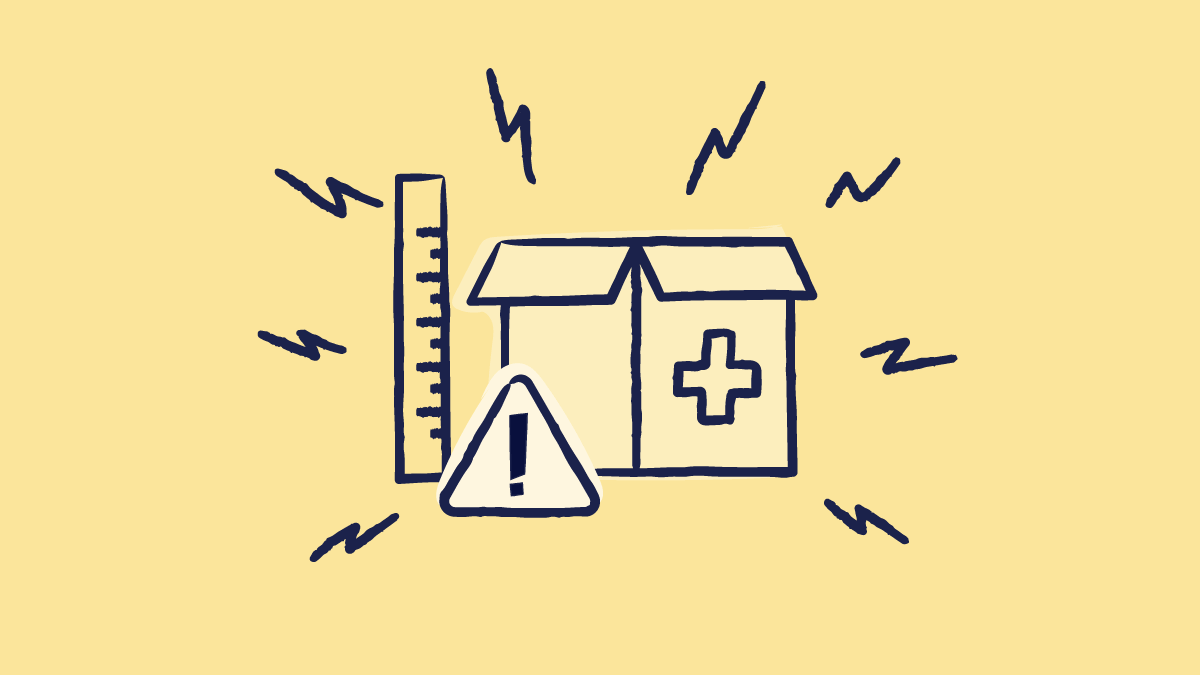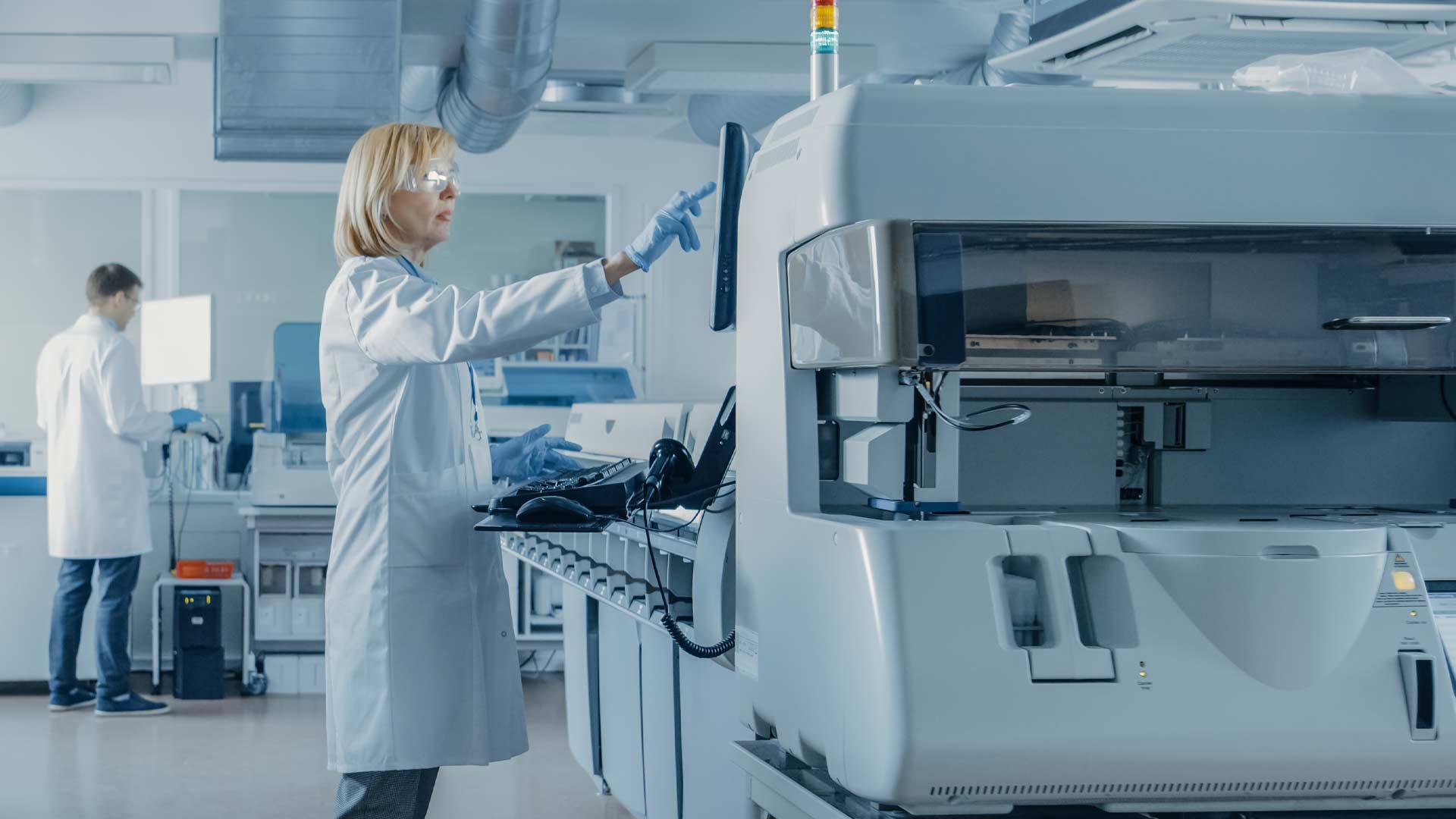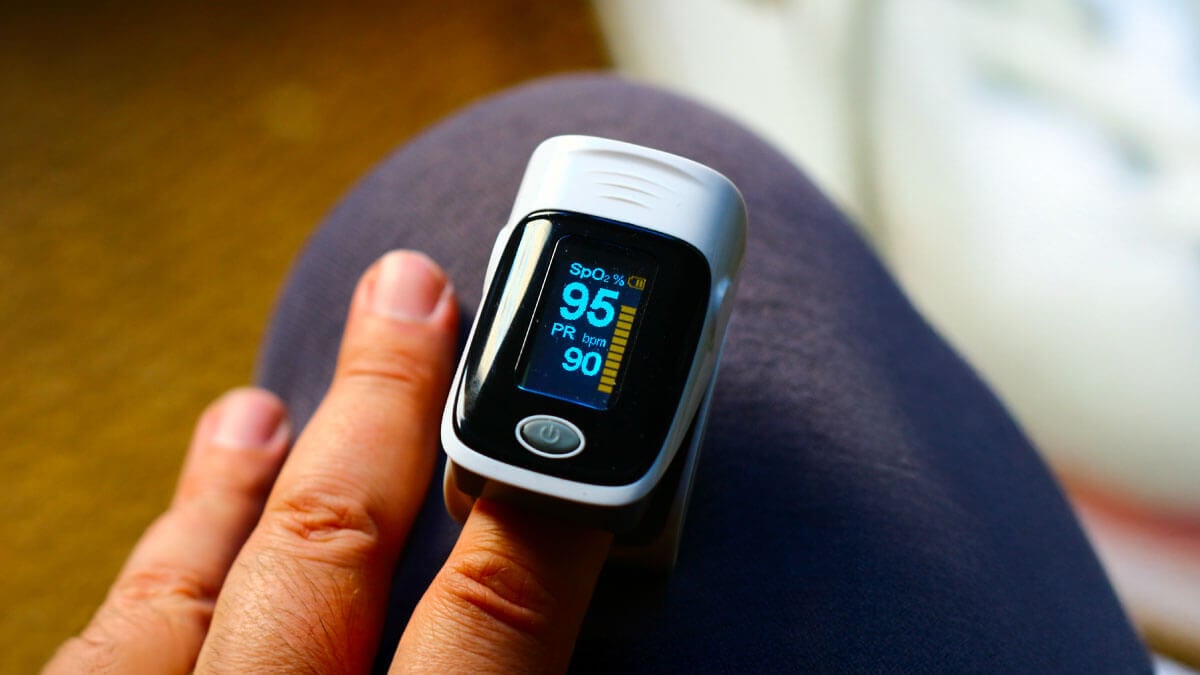
If you work in the medical device industry, you already know that medical device risk management is a part of the job from the very beginning. Whether you're bringing a new product to market or continuing with an existing one, the way you approach risk management in medical device development can shape everything from design decisions to regulatory outcomes.
This post is for quality and regulatory professionals who need a clear and grounded look at risk management. We’ll cover what it means in practical terms, how ISO 14971 fits into the picture, and what challenges to watch out for. I’ll also share a few things I’ve learned from the field and some straightforward tips you can apply right away.
If you're looking for a broader view of how risk management fits into the bigger quality picture, our QARA guide to medical device quality management systems is a great place to start.
What is risk management for medical devices and why is it important?
Risk management in medical devices comes down to one thing: protecting people. It’s how companies make sure that what they’re designing, building, and putting out into the world is safe and reliable. This isn’t just something handled by the quality team or the engineers. It’s a shared responsibility across design, manufacturing, clinical, and regulatory teams.
In practice, it means looking at every possible way a device might fail or be used incorrectly, thinking through the consequences, and deciding how to reduce the chances of harm. That could mean adjusting a design, adding a warning label, or changing how users are trained. These decisions often need to be made early and revisited throughout the product’s life cycle using a structured approach like risk management ISO 14971 or similar tools for risk analysis medical devices.
Recommended learning: Our list of top risk assessment and quality tools every QA should know.
Standards and regulations for medical device risk management
There’s no shortage of rules in the medical device world. When it comes to managing risk, a few key standards come up again and again. Knowing how they fit together can save your team time, stress, and costly mistakes.
Let’s walk through the most important ones:

ISO 14971
This is the internationally recognized framework for risk management in medical devices. It outlines a clear process for identifying, evaluating, controlling, and monitoring risks throughout a product’s lifecycle. Even though it's not a regulation, most global authorities refer to it. If your process doesn’t reflect its approach, you’re likely to run into questions during audits or reviews.
FDA 21 CFR Part 820
In the United States, this is the part of the quality system regulation that deals with design and manufacturing. It doesn't spell out a full risk management system in the same way ISO 14971 does, but it absolutely expects manufacturers to use risk-based thinking, particularly during product design and postmarket surveillance.
EU MDR (2017/745)
Under the EU MDR, manufacturers must establish a formal risk management file and show that risks are continuously reviewed and updated. While ISO 14971 is not legally binding on its own, it's considered a harmonized standard, meaning it's a preferred method to show compliance.
Risk management touches everything from design to how the product performs years later. The key is staying thoughtful, asking the right questions, and adjusting along the way. Done well, it means fewer issues, smoother audits, and safer devices.
The risk management process for medical devices
Teams often think medical device risk management slows everything down, but it actually does the opposite.
It helps avoid surprises, keeps changes from getting expensive, and builds trust with regulators and users. The process comes down to understanding what might go wrong, how likely it is, what the impact could be, and how to keep it under control.
That’s the simple version, but the real work is in the details.
Here’s how I typically break it down:

1. Planning
Start by defining your approach. Who’s involved? What methods will you use? How will you document everything? It’s important to get alignment early so there’s a shared understanding of what “good” looks like.
2. Risk analysis
This is where you dig into potential hazards. Think about the intended use of the device, but also any foreseeable misuse. Ask questions like: What could go wrong during normal operation? What happens if something fails? What are the known issues with similar products?
3. Risk evaluation
Once hazards are identified, assess how serious each one is. What’s the likelihood of it occurring? What’s the severity of the outcome? This helps prioritize which risks need the most attention.
4. Risk control
For the highest-priority risks, you’ll need to define and implement control measures. That might mean redesigning part of the product, adding a software safeguard, or updating labeling and training materials. Controls should always be proportionate to the risk.
5. Verification of controls
This is where I often see gaps. It's not enough to say control is in place. You have to prove that it actually works. That means running tests, reviewing data, and showing clear evidence in the file.
6. Residual risk evaluation
After controls are applied, you go back and assess what risks remain. Sometimes that’s acceptable, but sometimes you need to add more layers of safety. Either way, you document your rationale so it’s clear why the product is safe enough to move forward.
7. Review and sign-off
Before launch, you should do a final review. Are all risks accounted for? Is everything traceable? Has everyone signed off? This gives you a solid foundation for regulatory submissions and future updates.
8. Post-market surveillance
This step is often overlooked but just as important. Once the product is out in the real world, you need to keep an eye on complaints, incidents, and feedback. If something new comes up, it should feed back into your risk file. That way, your process stays current and responsive.
Every one of these steps matters. Skipping one of these can weaken the entire system. But when they’re done thoughtfully and documented clearly, you end up with a risk management file that not only supports compliance but actually improves your product.
Common medical device risk management challenges
Missing or vague usability considerations
A device might look great on paper but still be confusing or risky to use. Not thinking through how real users will interact with it often leads to safety issues.
Unclear rationale for acceptable risk
Marking a risk as “acceptable” isn’t enough. You need a clear, evidence-based reason. Vague justifications won’t hold up with regulators.
Disconnect between risk controls and verification activities
Adding controls without testing them properly is a common slip. You have to show they work, not just say they’re there.
Delaying updates until it's too late
Post-market data often reveals new risks. Ignoring that or putting off updates can lead to serious gaps in your safety file.
Lack of coordination across departments
When teams don’t share information, critical risks get missed. Risk management works best when everyone’s in the loop.
Over-reliance on templates
Templates are useful, but copying them blindly weakens your risk file. Each product needs its own thoughtful evaluation.
Medical device risk management is an ongoing dialogue between people who know the product, know the users, and care about making things safer.
Tips for risk management success
“Strong risk management relies on the mindset and collaboration of the people involved. Even with the best tools and procedures in place, the process can fall short if teams are not engaged or aligned.”
Rebecca Beausang, Regulatory Affairs Specialist
Cross-functional collaboration is all-important. Engineers, quality and regulatory teams, and even customer support all offer valuable insights into different aspects of risk. When these perspectives are brought together, risks can be identified earlier and addressed with practical, well-rounded control measures.
Medical device risk management should also stay closely connected to how the product is used in real settings. It is important to look beyond theoretical scenarios and consider how users interact with the device, where errors are most likely to occur, and what post-market feedback reveals.
Revisiting the risk file should be a routine part of product management, not just something done before audits or updates. Regular reviews and a responsive approach help create a culture where risk is managed proactively, not reactively.
Key takeaways
Medical device risk management is not a single task but a continuous thread that runs through the entire product lifecycle. It is about creating safer, more reliable products by actively looking for what could go wrong and having clear plans to prevent or address those risks.
- Risk management should begin early and remain active throughout design, development, and post-market activities
- ISO 14971 is the globally recognized standard guiding risk practices in the industry
- The most effective risk management processes involve input from multiple departments and are reviewed regularly
- Poor documentation, weak rationale for risk acceptance, or overlooking usability can all lead to trouble during inspections
- Aligning risk activities with validation, training, and post-market surveillance adds real-world value and improves outcomes
When risk management is part of how a team works day to day, it becomes something useful rather than just another requirement. It brings more clarity to decisions, keeps compliance steady, and helps teams build devices they can stand behind.
QMS software for medical devices to manage risk
Medical device risk management is most useful when it’s part of a company’s everyday thinking, not just something you revisit during audits or product reviews. Building a consistent approach starts with the right mindset, but it’s backed up by the right systems. That’s where modern QMS software comes in.
A tool like Scilife can make a real difference by helping you tie risk thinking into every part of product development. Whether you’re managing design controls, change requests, or post-market feedback, having everything connected in one place helps keep teams aligned and quality decisions traceable. It removes the guesswork and gives quality and regulatory professionals the clarity they need to move forward with confidence.
.jpg)







